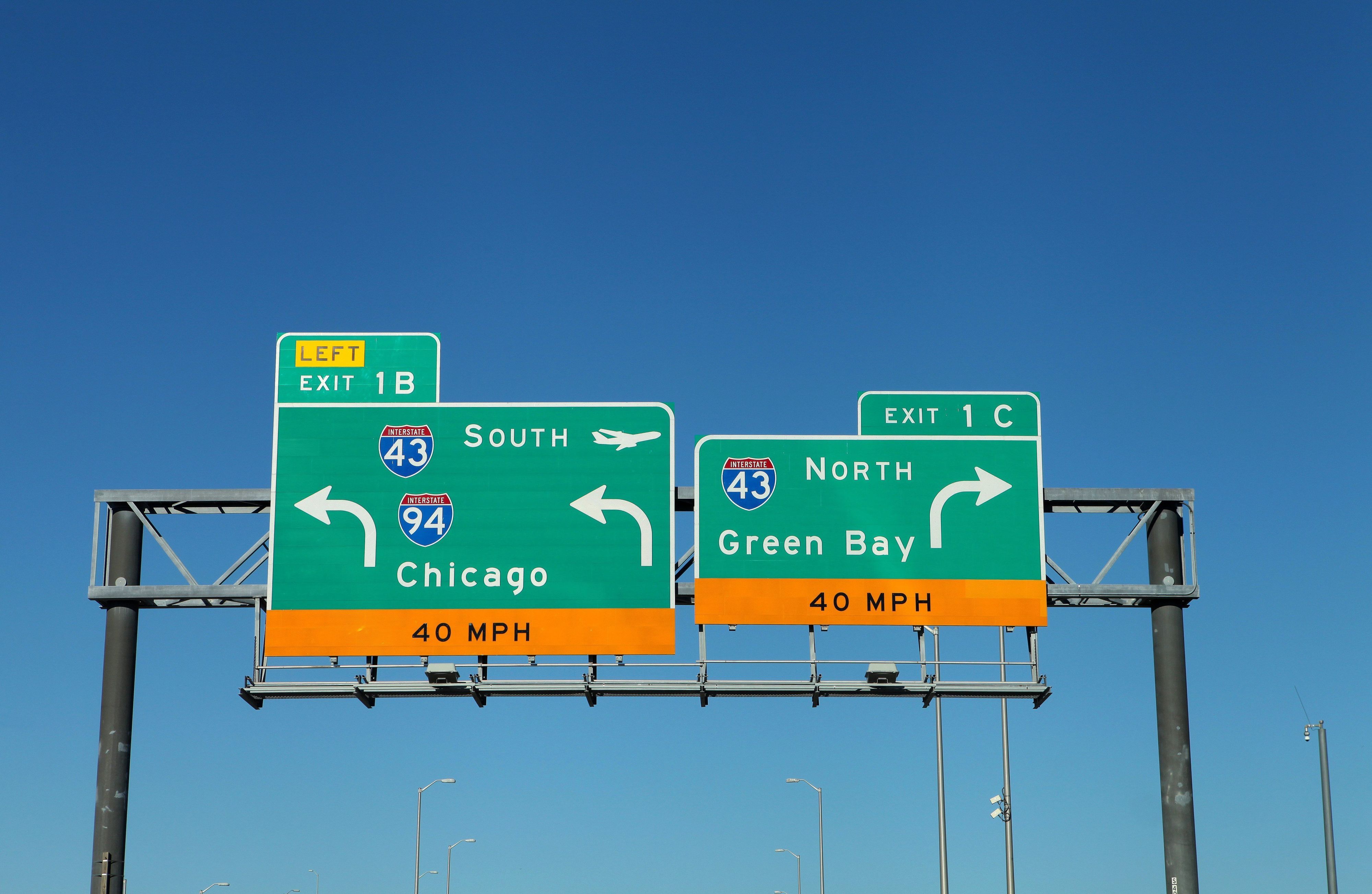

Though there have been questions about the font’s readability, especially for “negative contrast” signs with dark lettering on light backgrounds, the font has supporters, too.

Transportation agencies will now be able to submit written requests to the administration to use the font on highway traffic signs. The interim use has been authorized under the provisions of the Manual on Uniform Traffic Control Devices for Streets and Highways (MUTCD). On March 28, 2018, the FHWA issued a memorandum to officially comply with the order to temporarily reinstate the font, a decision that affects at least 28 states that had begun using it on their roadway signs. A technical brief released by the FHWA explains the termination of the font. Then, in 2016, the agency prohibited Clearview Font without public comment. In April 2014, FHWA indicated it expected to rescind its interim approval for states to use Clearview in the future. The Federal Highway Administration gave approval for states to use Clearview Font in 2004.
#At t clearview font download drivers#
That’s, thought to cut reading and comprehension time for drivers in motion. It expands the negative space in letters to exaggerate their shape. The Clearview Font was developed in the early 1990s to improve the legibility of road signs without increasing font size. The sans-serif font is said to be easier to read at long distances and in darkness than the traditional Highway Gothic font, which was created more than 70 years ago. Now, for Fiscal Year 2018, the bill directs the Federal Highway Administration (FHWA) to issue interim approval for the Clearview font.


 0 kommentar(er)
0 kommentar(er)
